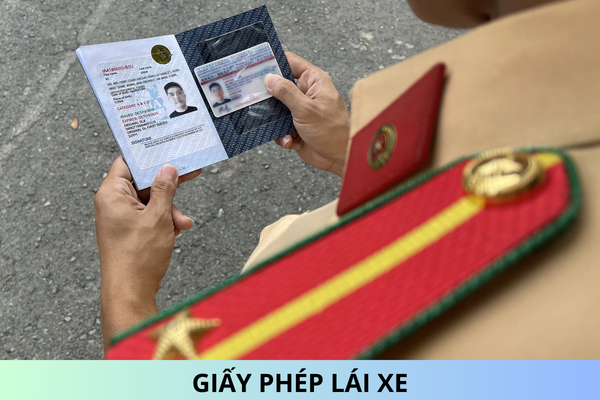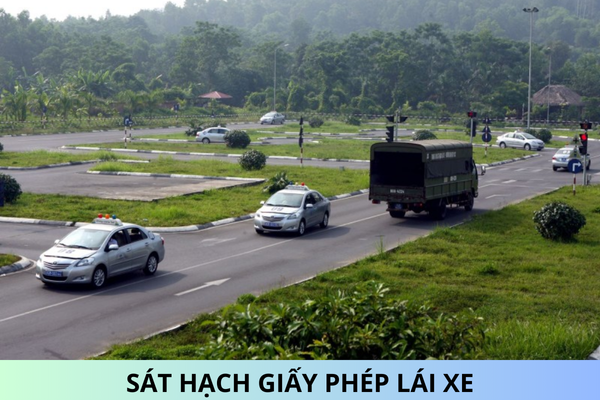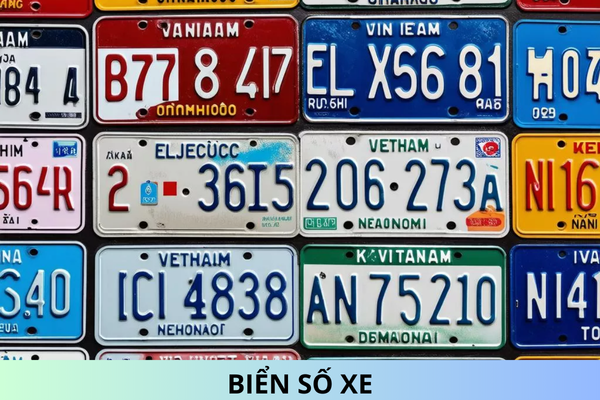What are responsibilities and procedures for taking actions against aviation security violations in Vietnam?
What are responsibilities and procedures for taking actions against aviation security violations in Vietnam? What are making comments and drawing on experience in taking actions against violations in Vietnam?
1. What are responsibilities and procedures for taking actions against aviation security violations in Vietnam?
Pursuant to Article 84 of Circular 13/2019/TT-BGTVT supplemented by Article 1 of Circular 41/2020/TT-BGTVT stipulating responsibilities and procedures for taking actions against aviation security violations in Vietnam as follows:
1. The aviation security control force shall take initial actions against to violations of aviation security and pubic order committed at the airports or aerodromes under its management. Procedures for taking initial actions shall be completed as follows:
a) Prevent the violation; hold the violator in custody;
b) Conduct a check or search and collect exhibits and evidences;
c) Transfer the violator and exhibits involved in the violation to the designated area;
d) Immediately notify the airports authority or police authority (in the violation is suspected as a criminal offence) and relevant authorities and units at airports and aerodromes;
dd) Protect the scene if necessary;
e) Make preliminary records (including a violation record made using the form in the Appendix XXIV hereof) and transfer records, proof, exhibits and violator to the competent authority at the request of the airports authority.
2. Relevant authorities, units and individuals shall closely cooperate with the aviation security control force in taking actions against aviation security violations.
3. Regarding aircrafts in operation and aircrafts in flight, procedures for taking actions against violations are specified in Clauses 2, 3, 4 and 5 Article 59 of this Circular. In-flight undercover security staff shall not engage in taking actions against aviation security violations.
4. The aviation security control force performing its tasks at the facility outside an airport/aerodrome shall take initial actions against aviation security violations committed at the facility under its management; procedures for taking initial actions are specified in Points a, b, c and dd Clause 1 of this Article; make preliminary records (including a violation record made using the form in the Appendix XXIV hereof), transfer records, evidences, exhibits and violator to the local competent authority and cooperate in further taking actions against aviation security violations.
5. The airports authority shall assign a person to be present in the area where actions against a violation is being taken after receiving the notification specified in Point d Clause 1 of this Article to supervise the initial actions, and assess the nature and seriousness of the violation. The power to take actions against the violation and decide to further take actions against the violation:
a) If it is considered that the violation is not so serious to impose administrative penalties, the aviation authority shall receive the case and request the authority employing the violator in writing to consider taking disciplinary actions against the violator and notify results thereof to the airports authority;
b) If the violation is within the power to impose administrative penalties of the airports authority, aviation inspecting authority, CAAV and inspectorate of the Ministry of Transport, the aviation authority shall receive the transferred violation case and perform necessary tasks in accordance with regulations of law to impose administrative penalties within its power or transfer the case to a competent person or authority;
c) If the violation that is within the police authority's power to impose administrative penalties is suspected as a criminal offence, the aviation authority shall request the aviation security control force to transfer the violation case to the police authority. The airports authority shall keep monitoring and cooperating with the police authority in the process of taking actions against the violation to make sure that those actions are effectively taken;
d) If the violation that is within the customs authority or another competent authority's power to impose administrative penalties, the aviation authority shall request the aviation security control force to transfer the violation case to a competent authority. The airports authority shall keep monitoring and cooperating with the authority accepting the case in the process of taking actions against the violation to make sure that those actions are effectively taken;
dd) If the administrative violation is within the power to impose penalties of multiple authorities, the director of the airports authority shall cooperate with authorities that have the power to impose penalties as prescribed by law.
6. When transferring the case to the airports authority, the police authority, customs authority or competent authority, the aviation security control force shall make a transfer record using the Form in the Appendix XXIV hereof and cooperate in taking measures to escort and seize the violator, vehicles or exhibits involved in the violation upon request.
7. Airports authorities and enterprises having the aviation security control force shall equip video recorders, voice recorders, cameras, binoculars and other auxiliary devices to promptly prevent violations, record and collect all information relating to the violation cases in an accurate and sufficient manner so that they are handled rapidly and satisfactorily in accordance with applicable regulations.
8. Airports authorities, aviation security control forces at airports and aerodromes, airlines, ATS providers, aircraft maintenance and repair enterprises and other enterprises operating at airports and aerodromes shall equip telephones that are able to display and save telephone numbers of incoming and outgoing calls and record such calls for at least 03 hours. There must be emergency telephone number and hotline. The aforementioned units shall use a service that allows quick notification of telephone numbers of outgoing calls and incoming calls made to their telephone numbers to trace telephone threats; create mailboxes to receive information about violations and acts of unlawful interference.
2. What are making comments and drawing on experience in taking actions against violations in Vietnam?
According to Article 85 of Circular 13/2019/TT-BGTVT stipulating making comments and drawing on experience in taking actions against violations in Vietnam as follows:
1. It is required to make comments and draw on experience in taking actions against violations with a view to correcting deficiencies. To be specific:
a) According to the nature and seriousness of each violation committed at an airport/aerodrome, the aviation authority shall decide to assign an appropriate internal authority or unit to preside over making comments and drawing on experience or the airports authority shall preside over making comments and drawing on experience at the authority or request the CAAV to do so;
b) The unit in charge of the facility outside an airport shall preside over making comments and drawing on experience in taking actions against violations committed at its facility;
c) The CAAV shall preside over providing explanation and drawing on experience in taking actions against serious and complex violations at the civil aviation authority level or at the request of the Ministry of Transport or National Civil Aviation Security Committee.
2. It is required to make comments and draw on experience as soon as possible, within 05 working days regarding internal level, 07 working days regarding aviation authority level and 10 working days regarding civil aviation authority level from the date on which the violation is committed or reported.
3. Making comments and drawing on experience shall contain at least the following contents:
a) Measures and procedures for taking actions against the violation of the unit or individual involved in the process of taking actions against the violation: correct, incorrect, reasons;
b) Cooperation by relevant unit and individual in taking actions against the violation: correct, incorrect, reasons;
c) Loopholes in regulations of law, ASPs, ASRs and relevant documents that need amending;
d) Deficiencies of each relevant unit and individual, reasons and remedial measures.
Best Regards!










